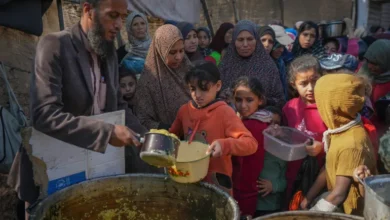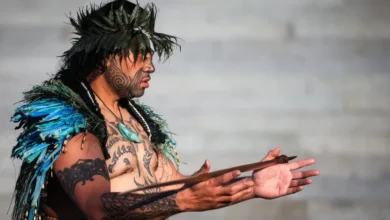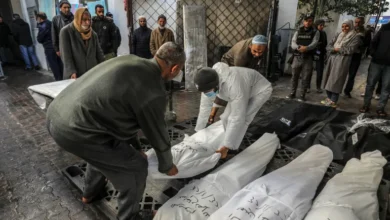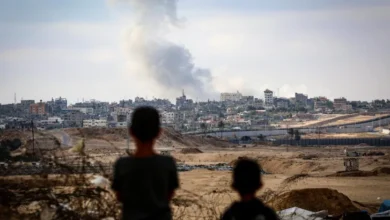Bittersweet emotions in Morocco as historic Women’s World Cup run ends
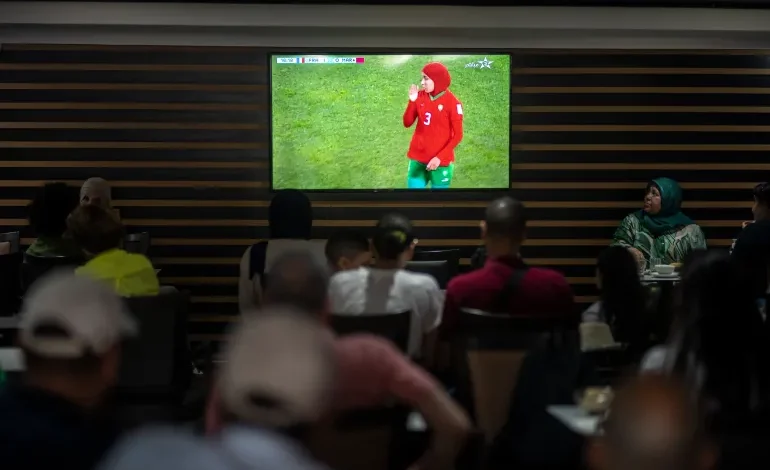
In a cafe on a main avenue in a residential neighbourhood of Rabat, Morocco’s capital, people were glued to the screen, captivated by their team playing France in the Women’s World Cup last 16.
While the match didn’t attract the crowds that usually fill Moroccan cafes when the men’s team play, groups of mostly young men sat drinking coffee or mint tea while other people stopped by on this hot and humid weekday to see the Atlas Lionesses take on one of the tournament favourites in Adelaide, Australia.
Among them, two female athletes who had just won gold medals at the Francophone Games in Kinshasa were watching their national women’s team play in the World Cup for the first time.
Noura Ennadi, 24, said it is no longer unusual to see women playing football in Morocco. The women’s game has developed rapidly in recent years, going from the margins of African football to making a historic run in the Women’s World Cup.
“Even the boys weren’t getting that much attention before they started winning,” she said.
Last year, Morocco hosted the Women’s African Cup of Nations, and as they embarked on a run to the final, the stadiums started to swell with support, and the number of their supporters grew exponentially.More than 50,000 fans crammed into the Prince Moulay Abdallah Stadium in Rabat for the final with thousands more outside as the Atlas Lionesses were narrowly beaten by South Africa.
A year later, they have continued to win the hearts of many Moroccans, becoming the first North African, Arab and Amazigh team to qualify for the Women’s World Cup. It was also the first team in Women’s World Cup history to feature a player wearing a hijab.
After an opening 6-0 drubbing by Germany, Morocco went on to defy the odds by beating South Korea and a talented Colombia side to reach the round of 16.
“We never gave up, and I think we deserved what we got,” said Anissa Lahmari, who scored the winning goal against Colombia on Thursday.
